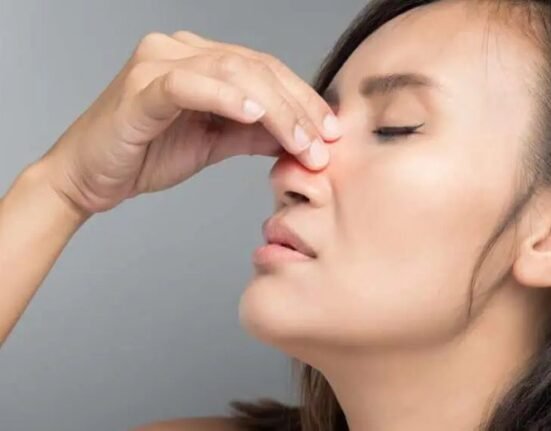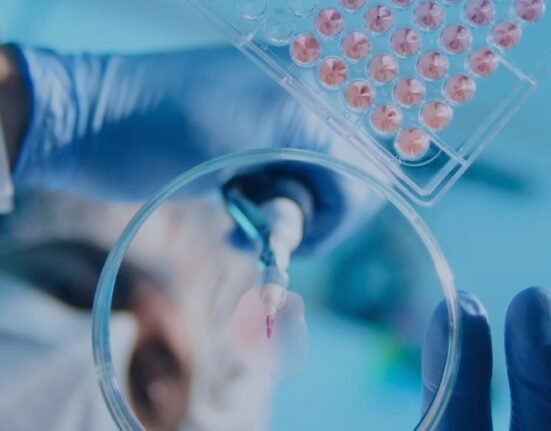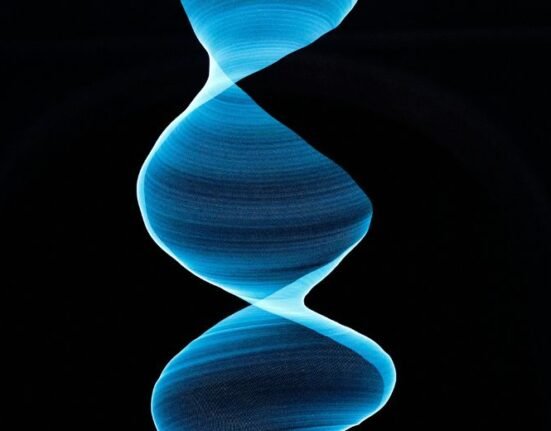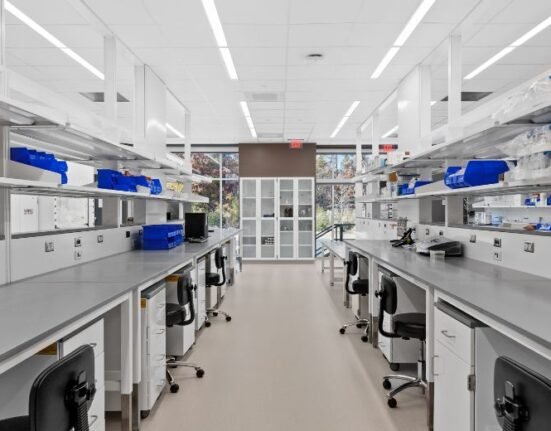HQ Team
April 3, 2024: A smartphone can measure the glucose levels of diabetic patients, diagnose disease and detect environmental toxins, with the help of built-in magnetic compasses.
A team of researchers at the US-based National Institute of Standards and Technology (NIST) has developed the technique using a cellphone magnetometer.
It can measure the concentration of glucose, a marker for diabetes, with a high accuracy. The researchers added magnetic particles to a porous material that reacts to the presence of these molecules and causes the material to expand or contract.
They used these magnetised materials in conjunction with cellphone compasses, available in any modern cellphone, to potentially enable individuals to diagnose disease and detect environmental toxins, according to a NIST statement.
A magnetometer detects the direction of Earth’s magnetic field, providing critical information for navigation.
Monitoring diseases
“The same technique, which uses the magnetometer in conjunction with magnetic materials designed to change their shape in response to biological or environmental cues, could be used to rapidly and cheaply measure a host of other biomedical properties for monitoring or diagnosing human disease,” the NIST stated.
NIST scientist Gary Zabow and his team, in their proof-of-concept study clamped to a cellphone a tiny well containing the solution to be tested and a strip of hydrogel — a porous material that swells when immersed in water.
The researchers embedded tiny magnetic particles within the hydrogel, which they had engineered to react either to the presence of glucose or pH levels (a measure of acidity) by expanding or contracting. Changing pH levels can be associated with a variety of biological disorders.
Hydrogels
As the hydrogels enlarged or shrunk, they moved the magnetic particles closer to or farther from the cellphone’s magnetometer, which detected the corresponding changes in the strength of the magnetic field.
The strategy was used by the researchers to measure glucose concentrations as small as a few millionths of a mole (the scientific unit for a certain number of atoms or molecules in a substance).
Although such high sensitivity is not required for at-home monitoring of glucose levels using a drop of blood, it might in the future enable routine testing for glucose in saliva, which contains a much smaller concentration of sugar.
Engineered, or “smart,” hydrogels like the ones the NIST team employed are inexpensive and relatively easy to fabricate. It can be tailored to react to a host of different compounds that medical researchers may want to measure, said NIST researcher Mark Ferris.
No power source
The technique does not require any electronics or power source beyond that of the cellphone nor call for any special processing of the sample. It offers an inexpensive way to conduct testing — even in locations with relatively few resources.
Future efforts to improve the accuracy of such measurements using cellphone magnetometers might allow the detection of DNA strands, specific proteins and histamines — compounds involved in the body’s immune response — at concentrations as low as a few tens of nanomoles (billionths of a mole).
The researchers reported their findings in the March 30, 2024 edition of Nature Communications.








